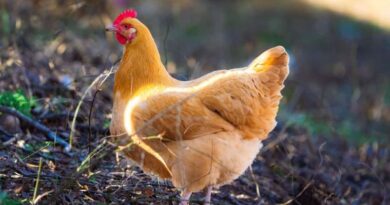7 Types of Tortoiseshell Cats and Kittens
Types of Tortoiseshell Cats and Kittens – Welcome to our in-depth exploration of the captivating world of Types of Tortoiseshell Cats and Kittens. If you’re a feline enthusiast, you’re in for a treat, as we delve into the mesmerizing intricacies of these unique and charming creatures.
Tortoiseshell cats, often affectionately called “torties,” are known for their striking coats that blend various shades of red, black, and sometimes even cream. But there’s so much more to them than their distinctive appearances. In this blog post, we will unravel the genetic mysteries behind their coloring, discuss their personality traits, and, most importantly, explore the diverse types of tortoiseshell cats that exist.
Whether you’re a proud tortoiseshell cat owner looking to learn more about your furry friend or someone considering adopting one, this guide has something for everyone. From traditional torties to dilute varieties, calico beauties to tabby torties, we’ll provide insights into their unique characteristics and offer practical advice on caring for these wonderful felines. So, let’s embark on this journey into the enchanting world of tortoiseshell cats together.
What are Tortoiseshell Cats?
Tortoiseshell cats, often referred to as “torties,” are known for their distinctively mottled coats that blend various shades of red, black, and sometimes cream. These cats possess a unique and eye-catching color pattern, and they come in several distinct types, each with its own characteristics.
Beyond their striking appearance, tortoiseshell cats have fascinating genetic origins and exhibit diverse personality traits, making them a subject of great interest and admiration among cat lovers. In this article, we’ll explore the different types of tortoiseshell cats and provide valuable insights for both current and prospective owners.
Also, Read – Most Friendly Cat Breeds That Are Wonderful Pets
Importance of Understanding Different Types
Understanding the different types of tortoiseshell cats is crucial for several reasons, and it goes beyond mere aesthetics. Here are some key reasons highlighting the importance of comprehending these distinctions:
- Health and Care Considerations: Different types of tortoiseshell cats may have varying health susceptibilities and care requirements. By identifying the type of tortoiseshell cat you have, you can tailor their healthcare and nutrition needs more effectively, ensuring they lead happy, healthy lives.
- Personality and Behavior: Just as humans have different personality traits, tortoiseshell cats can exhibit unique temperaments based on their type. Recognizing these personality differences can help you better understand and respond to your cat’s specific needs and quirks, strengthening your bond.
- Genetic Curiosity: Delving into the genetic factors that produce different types of tortoiseshell cats can be intellectually stimulating. It provides insights into how genetics play a role in feline coat coloration, which can be fascinating for cat enthusiasts and breeders alike.
- Adoption and Ownership Choices: For those considering adopting or purchasing a tortoiseshell cat, understanding the different types can help you make a more informed choice. You can select a cat whose personality and appearance align with your preferences and lifestyle.
- Appreciating Diversity: Tortoiseshell cats exhibit a wide range of colors and patterns, making them unique and beautiful in their own right. Understanding these variations allows us to appreciate the diversity within this specific cat group and embrace their individuality.
- Responsible Ownership: Responsible pet ownership involves knowing and meeting your cat’s specific needs. By understanding the type of tortoiseshell cat you have, you can ensure you provide the right care, environment, and attention to keep your furry friend happy and healthy.
Types of Tortoiseshell Cats and Kittens
Traditional Tortoiseshell
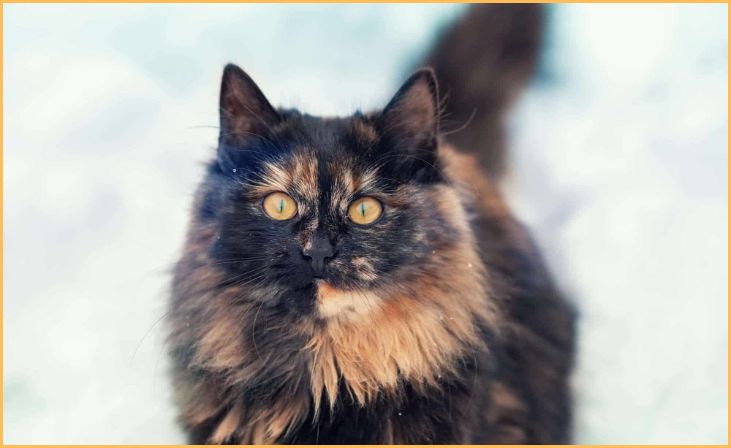
Traditional Tortoiseshell cats are known for their striking mottled coat featuring a mix of black and orange patches with minimal to no white markings. Their fur exhibits a classic tortoiseshell pattern, often creating a mosaic-like appearance.
These cats are typically female due to their genetic makeup, with two X chromosomes. Traditional tortoiseshells have a rich and vibrant color palette, making them visually distinctive and unique.
Dilute Tortoiseshell
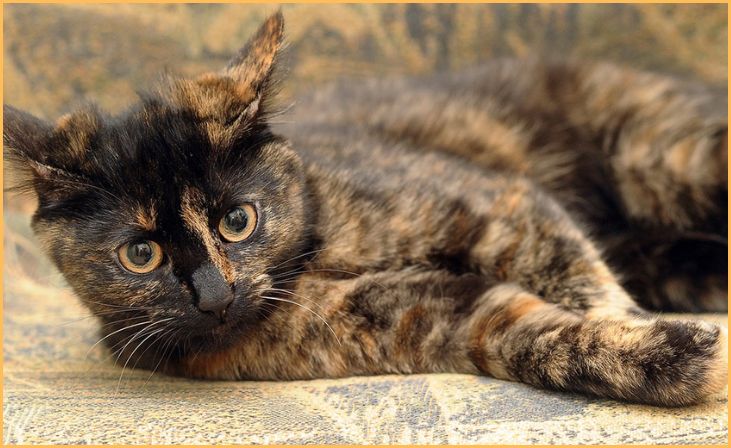
Dilute Tortoiseshell cats have a softer and more muted coat coloration compared to traditional tortoiseshells. Their fur displays a blend of pale gray (diluted black) and soft orange or cream patches, with minimal to no white markings. This dilution in color creates a gentle and pastel-like appearance on their coats.
Dilute tortoiseshells, like their traditional counterparts, are typically female due to the genetics governing their unique coloration. Their subtler palette gives them an elegant and understated beauty, making them stand out among cat enthusiasts for their delicate and charming looks.
Calico Cats
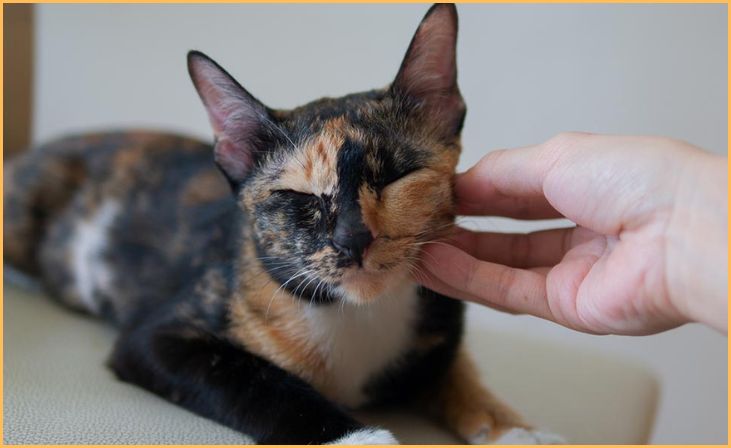
Calico cats are characterized by their distinct tri-color coat pattern, which includes large patches of white along with black and orange or cream. These cats exhibit a striking and eye-catching appearance due to the stark contrast between the colors.
Calico patterns can vary, encompassing various configurations such as “patched,” “mackerel,” “spotted,” or “with white.” Calico cats, like most tortoiseshells, are almost exclusively female, as their unique coloring is linked to having two X chromosomes.
Their vibrant and multi-colored fur makes them popular among cat lovers, and they are often cherished for their captivating and diverse coat patterns, which can be truly unique to each individual cat.
Also, Read – Breeds of Cats That Are Ideal for New Owners
Tortie and White
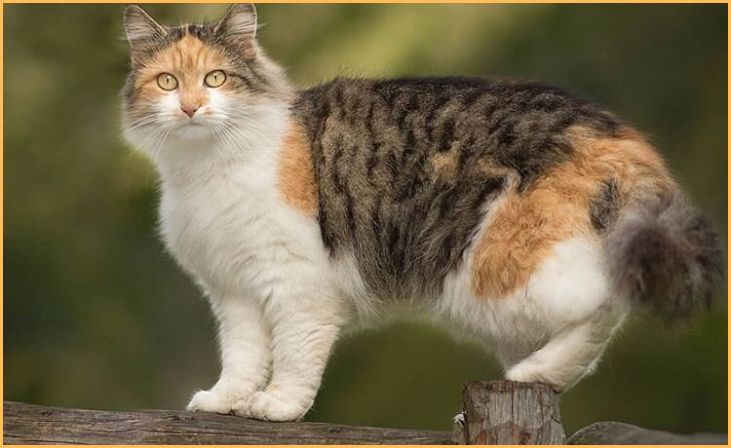
Tortie and White cats, also known as “tortoiseshell and white,” feature a captivating combination of the classic tortoiseshell pattern and white markings on their coat. These cats display patches of black or dark brown, orange or cream, and white, creating a tri-color composition. The distribution of white can vary, from a small bib on the chest to extensive white markings on the face, paws, and belly.
Tortie and White cats are predominantly female due to the genetics governing their tortoiseshell coloring. Their unique and striking appearance, blending the vibrant richness of tortoiseshell with the purity of white, makes them highly attractive and sought after as pets.
Torbie
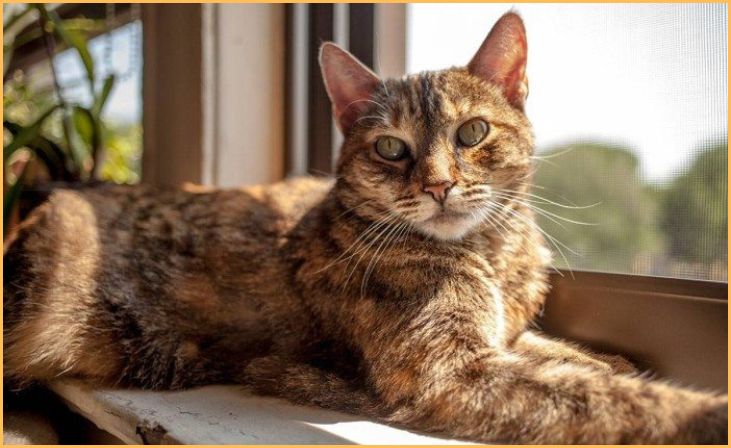
Torbie cats, a blend of “tortoiseshell” and “tabby,” feature a captivating combination of the classic tortoiseshell coloration with the addition of tabby stripes. Their fur showcases patches of black or dark brown, orange or cream, and distinctive tabby markings, creating a unique and intricate pattern. The tabby stripes often appear on their legs, tail, and sometimes the face.
Torbies can be either long-haired or short-haired and come in various shades and patterns. These cats are typically female due to their X-chromosome-related coat coloration, but rare male torbies with an extra X chromosome may exist. Torbies are known for their bold and vibrant appearance, making them stand out as playful and energetic companions.
Chimera Cats
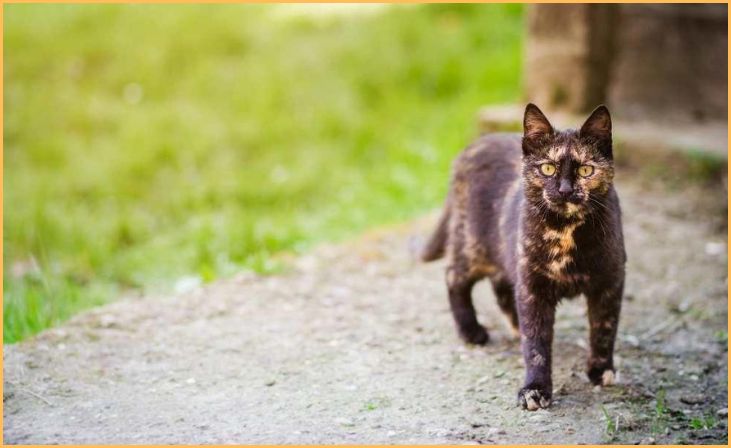
Chimera cats are remarkable and rare felines with a truly unique appearance. They result from a genetic anomaly where two distinct embryos fuse during early development, creating a cat with two distinct sets of DNA and coat patterns. As a result, chimera cats often display a striking asymmetrical appearance, with one side of their face, body, or even eyes having different colors or patterns from the other.
These cats can be both male and female and come in a variety of coat colors and patterns. The term “chimera” is derived from a mythical creature with the features of multiple animals, and chimera cats certainly live up to this name, exhibiting a one-of-a-kind and visually fascinating appearance.
Mosaic Tortoiseshell
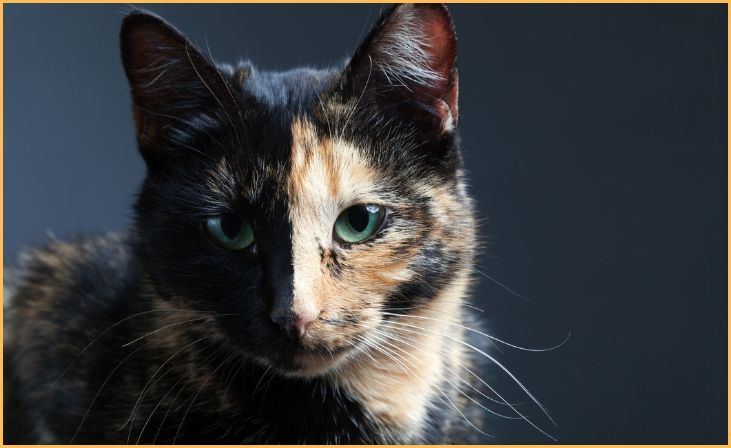
Mosaic tortoiseshell cats, sometimes referred to as “mosaic torties,” have a distinct and intriguing coat pattern characterized by well-defined patches of black or dark brown alongside patches of orange or cream. Unlike traditional tortoiseshells where these colors blend, mosaic torties feature clear and separate color blocks, creating a mosaic-like appearance. These cats often display minimal to no white markings.
Also Read: Cat Breeds With Big Eyes
Mosaic tortoiseshells are typically female due to their genetic makeup, with two X chromosomes. Their coat’s mosaic pattern gives them a unique and captivating appearance, making them a sought-after choice among cat enthusiasts. Each mosaic tortoiseshell’s coloring is individual, and their striking mix of colors makes them stand out as truly exceptional and beautiful pets.
Conclusion
In conclusion, the world of tortoiseshell cats is a captivating realm of diversity, genetics, and unique personalities. By delving into the various types of tortoiseshell cats, we gain valuable insights into their distinct characteristics and needs. Whether you’re an existing tortoiseshell cat owner or contemplating bringing one into your home, understanding these differences empowers you to provide the best care and companionship possible.
These cats, with their mesmerizing coats and individual quirks, enrich our lives and remind us of the beauty of diversity within the feline kingdom. Embrace the charm of tortoiseshell cats and celebrate the unique tapestry of their existence.
FAQs
A tortoiseshell cat, often called a “tortie,” is a cat with a distinctive coat pattern characterized by patches of red, black, and sometimes cream fur. These cats are known for their unique and striking appearance.
Tortoiseshell cats come in various types, including traditional tortoiseshell, dilute tortoiseshell, calico tortoiseshell, tortoiseshell tabby, and tortoiseshell and white. Each type has unique coloration and characteristics.
Tortoiseshell cats are known for their strong-willed and independent personalities. They can be affectionate and loving but may also display a touch of “tortitude,” which refers to their occasional feistiness.


